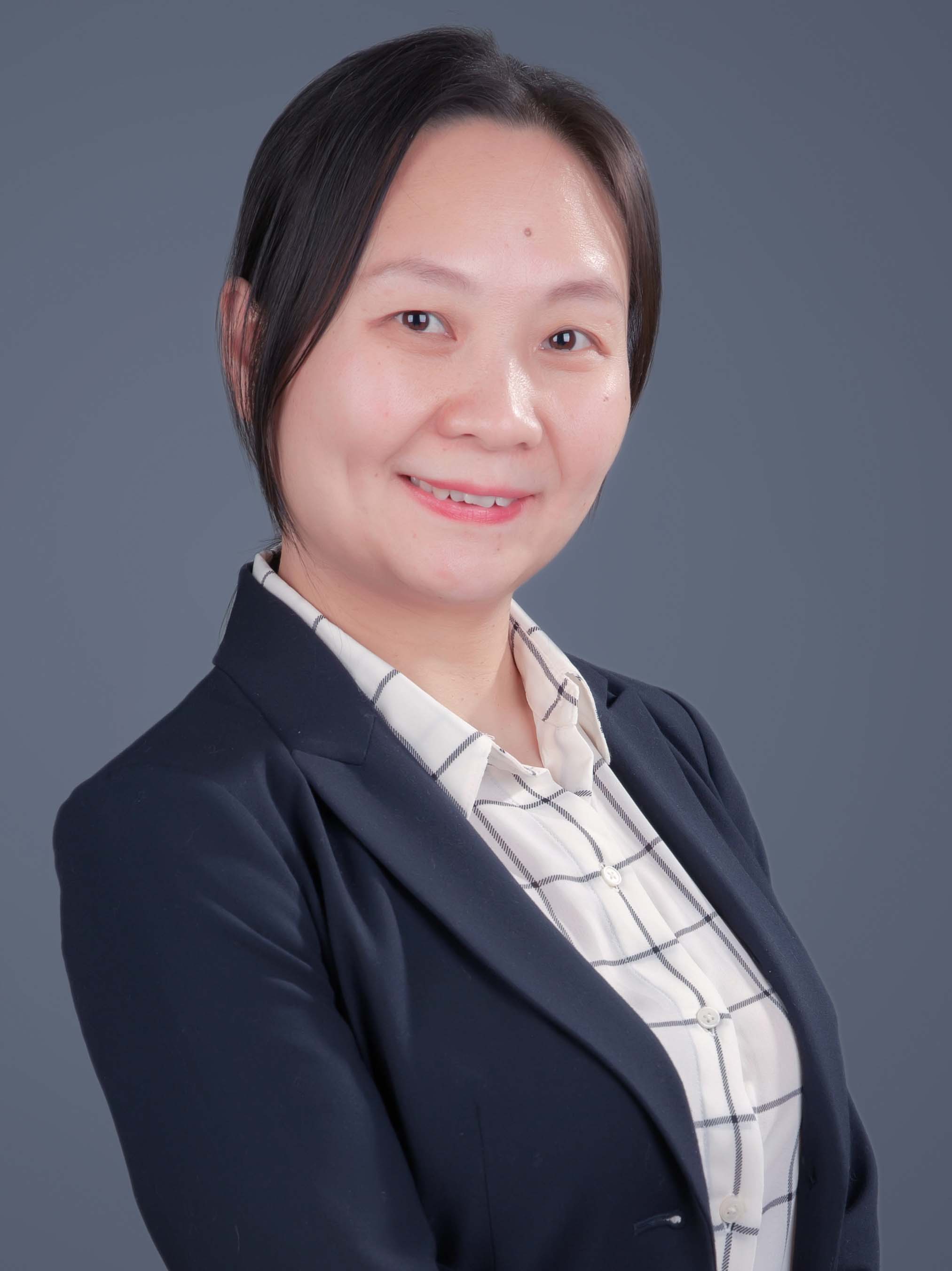
|
最后学位:理学博士(Ph.D.,中国科学院) 职称职务:教授、博导 专业方向:细胞生物学 研究方向:细胞重编程与再生医学 电话号码:68750095 电子邮件:liwang2020@whu.edu.cn |
教育经历
2002-2006 华中师范大学,学士
2006-2012 中国科学院生物物理研究所,博士
工作经历与任职
2013-2018 University of North Carolina at Chapel Hill, NC, US,Postdoc
2018-2020 University of North Carolina at Chapel Hill, NC, US,Research Associate
2020-至今 武汉大学医学研究院,教授
所获研究资助
武汉市“武汉英才”(2022)
湖北省“bairen计划”创新人才(2021)
科技部“干细胞研究与器官修复”重点专项(2021-2026,青年科学家项目,主持)
国家自然科学基金重大研究计划(培育项目)(2021-2023,主持)
国家自然科学基金面上项目(2021-2024,主持)
武汉大学双一流建设专项人才启动经费(2020-2022,主持)
Career Development Award, American Heart Association (2018-2020,主持)
研究领域及研究成果
心肌梗死等心血管疾病严重威胁人类健康,其导致的死亡率已连续数年高于肿瘤及其他疾病。不可逆性心肌损伤,永久性心肌细胞数量减少以及梗死区域疤痕组织的形成最终导致患者心功能恶化和心力衰竭。心肌细胞重编程技术可将梗死区内源性成纤维细胞转化为有功能的心肌细胞并改善心脏功能,为心血管疾病模型、心脏再生医学等相关领域提供了新的生长点,具有重要的科学意义和转化医学价值。本实验室前期建立了高效的心肌细胞重编程体系(Circulation Research, 2015),并结合单细胞转录组测序技术描绘了高清晰的纤维细胞到心肌细胞的命运转换图谱,进而揭示了此过程中细胞周期调控、mRNA剪切调控、细胞自噬等分子机关调控细胞命运决定的分子机制(Nature,2017,Science Translational Medicine, 2020)。我们将综合应用传统的分子生物学、细胞生物学和遗传学,结合先进的单细胞组学和生物信息学分析,剖析细胞命运决定的调控机理,协同推进心肌梗死等心血管疾病在体逆转的临床转化应用,为探索治疗心血管疾病提供新的思路和方向。
代表性论文
1. Wang L*, Yang Y*, Ma H, Xie Y, Xu J, Near, D., Wang, H., Garbutt T, Liu J, Qian L. Single Cell Dual-Omics Reveals the Transcriptomic and Epigenomic Diversity of Cardiac Non-myocytes.Cardiovascular Research, 2021, cvab134.(* Equal contribution)
2. Wang L, Ma H, Huang P, Xie Y, Near D, Wang H, Xu J, Yang Y, Xu Y, Garbutt T, Zhou Y, Liu Z, Yin C, Bressan M, Taylor JM, Liu J, Qian L. Down-regulation of Beclin1 promotes direct cardiac reprogramming.Science Translational Medicine, 2020,12;566
3. Wang, L.*, Huang, P.*, Near, D., Ravi, K., Xu, Y., Yin, C., Liu, J. and Qian, L. Isoform Specific Effects of Mef2C during Direct Cardiac Reprogramming.Cells, 2020, 9(2):268.(* Equal contribution)
4. Liu Z*.,Wang L.*, Welch J.*, Ma H., Zhou Y., Vaseghi H.R., Yu S., Wall J.B., Alimohamadi S., Zheng M., Yin C., Shen W., Prins J., Liu J.and Qian L. Single-cell transcriptomics reconstructs fate conversion from fibroblast to cardiomyocyte.Nature, 2017,551(7678):100-104. (* Equal contribution)
5. Wang L. *, Liu Z. *, Yin C., Asfour H., Chen O., Li Y., Bursac N., Liu J. and Qian L. Stoichiometry of Gata4, Mef2c and Tbx5 influences the efficiency and quality of iCM reprogramming.Circ Res. 2015, 116, 237-244. * Equal contribution. (Editor’s Pick; highlighted on cover; Previewed in Muraoka et al.,Circ Res, 116:216-218.)
6. Zhou Y.,Wang L., Liu Z., Alimohamadi S., Liu J. and Qian L. Comparative gene expression analyses reveal distinct molecular signature between induced cardiomyocytes and induced pluripotent stem cell-derived cardiomyocytes.Cell Reports,2017, 20(13):3014-3024.
7. Zhou Y.,Wang L., Vaseghi H., Liu Z., Lu R., Alimohamadi S., Yin C., Fu J., Wang G.G., Liu J. and Qian L. Bmi1 is a key epigenetic barrier to direct cardiac reprogramming.Cell Stem Cell, 2016,18(3), 382-395.
论著
8. Wang L., Liu J. and Qian L. (2017) In vivo Lineage Reprogramming of Fibroblasts to Cardiomyocytes for Heart Regeneration. In:In Vivo Reprogramming in Regenerative Medicine (Stem Cell Biology and Regenerative Medicine)(Yilmazer ed) Springer International Publishing AG. p45-63.
课题组热忱欢迎感兴趣的学生和博士后加入!